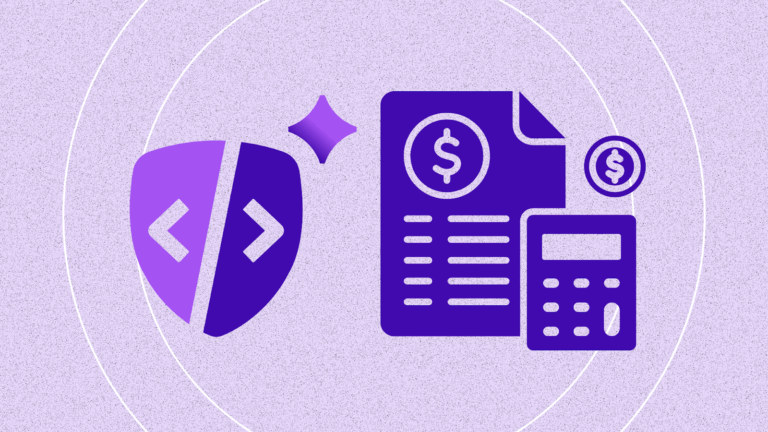Summary
A vulnerability assessment is the process of identifying, classifying, and prioritizing security flaws in systems, applications, or network infrastructure. It’s essential for reducing cybersecurity risk—especially for organizations responsible for protecting sensitive data on the client side or in web applications.

What Is a Vulnerability Assessment?
A vulnerability assessment is a systematic process used to discover, document, and evaluate security vulnerabilities in an organization’s digital assets. These assessments help security and IT teams find weaknesses—like outdated software, insecure JavaScript, or misconfigured web components—before they can be exploited by attackers.
The goal is to create a prioritized list of vulnerabilities so the organization can fix what matters most first. It’s a foundational practice for maintaining strong cybersecurity hygiene and compliance with frameworks like PCI DSS, HIPAA, and NIST.
How It Works
Vulnerability assessments usually involve the following steps:
- Asset Discovery – Identify the systems, applications, APIs, and client-side scripts to assess.
- Vulnerability Scanning – Use automated tools to scan for known vulnerabilities in code, configurations, third-party scripts, and dependencies.
- Risk Classification – Assign severity levels to vulnerabilities using scoring systems like CVSS (Common Vulnerability Scoring System).
- Reporting – Create a report detailing all vulnerabilities, with recommended remediation steps.
- Remediation and Verification – Fix the vulnerabilities and retest to confirm the issues are resolved.
Assessments may be conducted externally (from the perspective of an outsider) or internally (assuming insider access).
Who Should Conduct These
Vulnerability assessments should be conducted by teams or individuals responsible for protecting digital assets and maintaining security compliance. This includes:
- Security Operations (SecOps) teams identifying risks in web apps, APIs, and infrastructure
- IT and System Administrators responsible for patch management and system configuration
- DevSecOps and Engineering Teams embedding security into the software development lifecycle (SDLC)
- Compliance Officers and Auditors ensuring adherence to frameworks like PCI DSS, HIPAA, and GDPR
- Third-Party Security Providers offering managed vulnerability assessment services
Organizations of all sizes benefit from conducting these assessments regularly—especially when managing public-facing websites, client-side scripts, or third-party services.
Real-World Examples
- A retail website running outdated JavaScript libraries is found to be vulnerable to cross-site scripting (XSS).
- A banking app uses third-party analytics tools that expose sensitive user data, uncovered during a vulnerability scan.
- A healthcare provider fails a HIPAA audit due to insecure client-side data collection mechanisms, later flagged in an automated assessment.
Best Practices
- Automating scans for known CVEs (Common Vulnerabilities and Exposures)
- Monitoring client-side behavior, including unauthorized script activity
- Integrating assessments into the software development lifecycle (SDLC)
- Running assessments after every major code update or deployment
How Feroot Helps
Feroot proactively detects client-side vulnerabilities that traditional scanners miss—such as unauthorized data collection scripts, insecure third-party tools, and DOM-based risks.
Feroot’s Client-side Security Platform automatically maps your web app’s behavior, flags malicious or non-compliant scripts, and helps you lock down front-end security—without disrupting your codebase.
FAQ
What is the difference between a vulnerability assessment and a penetration test?
A vulnerability assessment scans for known issues, while a penetration test simulates real-world attacks to exploit them. Both are essential but serve different purposes.
How often should vulnerability assessments be done?
At a minimum, quarterly or after significant changes to systems. High-risk industries may require monthly or continuous assessments.
Do vulnerability assessments cover client-side risks?
Not always. Most traditional tools focus on server-side vulnerabilities. Feroot specializes in detecting client-side threats often missed by other scanners.
Are vulnerability assessments required for PCI DSS compliance?
Yes. PCI DSS requires regular vulnerability scans and remediation as part of its ongoing compliance and security posture.


